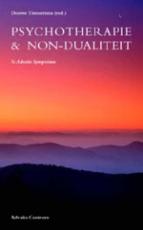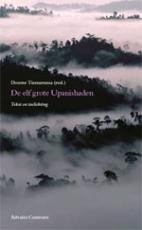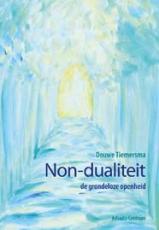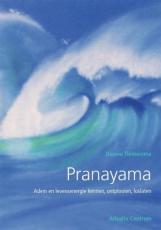Avdaiti Post 14- 17 - The original ( in)vulnerability
September 29, 2013
****
Text Satsang
An Advaita talk with Douwe Tiemersma , Hoorneboeg October 7th 2007
The original ( in)vulnerability
Let's take a deeper look at vulnerability and invulnerability. First, I'd like to connect with what we did this morning in our yoga exercises because through them the physical and emotional energies could open out into the space, could expand, could dissolve. Therefore it's about something very concrete. It's not just something of a psychic nature. It's really about a certain substance that is susceptible to injury. We can call this substance energetic. It's active on that level. You can experience it very clearly as a certain substance. On the one hand energies are very fluid and subtle. But there are also heavier energies, which take on a certain form, making that form less changeable. Then we say: these are deep seated energies, deep seated instinctive, emotional energies. When you incline a bit more towards the spiritual side, the consciousness side, you can see that these energies are increasing subtle. When you descend, more into the body, you can see that the energies there are much heavier, coarser. The deeper they are, the more difficult for them to enter into consciousness. So that means that as time goes on they have a greater tendency to continue to manifest. When these energies are completely fixed by circumstances from an early stage of life, the experiences of the young child, then you see that in the course of life all kinds of layers cover over them. Then there's no awareness any more of what lies underneath those layers. Yet these are precisely the most essential energetic structures that determine everyday life. Then we say: he or she has this or that character. But that's just those ongoing patterns. Patterns of reacting, thinking, feeling. These can be very basic patterns in which a very clear vulnerability was present and through which a certain pattern of reaction developed. For example, there is a tension that is directed inwards, a hiding away into yourself, closing off, the building of a wall. When such a basic pattern which determines ordinary life like that exists you might say: "that's quite an introverted person, who makes contact with difficulty, who doesn't open up so easily." Why not? Because that old sensitivity is still there. Plus also that secondary reaction of: when something even hints of going in that direction, close off and protect. When the same sort of attack comes like happened before, then usually the reaction is out of proportion, because the sensitivity that is there is so great.
Every young child, as they grow up with a certain I-center, has to deal with the things of the world. And each child has its own "strategy" for that. Strategy in quotation marks, because of course it's not a conscious strategy. You can say that within one to four years the important basic patterns of responding, of dealing with other people, of dealing with the world, are already fixed. And so you can see large differences. When the child is confronted: "Hey, look at what you've done! That's really wrong"! What's the reaction? You see that it varies. Some say: "Yes OK, I'll do it better next time". Others: "Oh, that's terrible, I always have to look out for my parents". Result: cramping, cutting off, spontaneity disappears. Through the vulnerable situation of the child the pattern becomes immediately established. And that's so easily retained throughout the rest of life. Whenever there's another such attack: "You're doing it all wrong", immediately the whole complex starts back up again and it all goes wrong.
A child's situation is total, children experience completely. Adults have built up all kinds of defense mechanisms. These are defenses to reinstate their own security. For instance, they have all kinds of 'ideas'. But with children it's total.
When such a reaction pattern comes loose later in life, then it's also huge, so total that it overwhelms you. So when there's already a certain 'I'-formation present in children it all relates to this original great vulnerability. Everything's still completely open, so it's incredibly vulnerable.
In a slightly earlier stage, there's not an 'I'-structure yet, so then it doesn't matter. Because what happens then? What happens, say to a child of 2 , 3 or 4 years old, before you have developed such an 'I'? There wasn't an 'I' then! Then if the parents said: "You're doing it all wrong". What happens to such a child? In this phase, absolutely nothing.
****
Er is geen tweeheid
als je ontspannen bent
in zelf-bewustzijn
is dat duidelijk.
Boeken
Douwe schreef en redigeerde gedurende zijn leven boeken. Via onze uitgeverij zijn deze nog verkrijgbaar.



